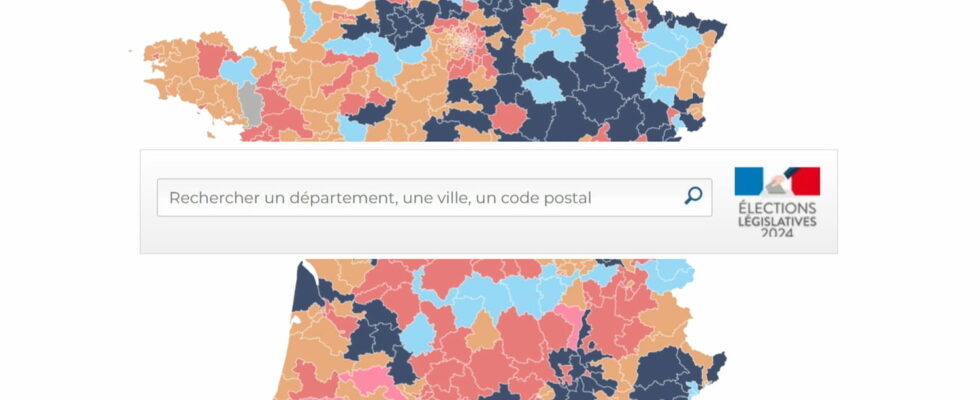To find out the results of the 2024 legislative elections in your constituency, your city, your municipality, as soon as the first figures are published, subscribe to our alerts…
►Find your city to subscribe to legislative results alerts:
An exceptional election, an exceptional device. The legislative elections, which take place this Sunday June 30, 2024 for the first round and Sunday July 7 for the second, could radically change governance but also the political structure of the country. If the issue is national, with the election of a new Assembly and the search for a new majority, these 2024 legislative elections are also and above all local elections, organized in 577 constituencies in the territory. The results at this scale, as at the municipal level, will therefore have particular significance from this Sunday.
Linternaute will detail the results of these legislative elections by constituency, but also by city. From 8 p.m. this Sunday, June 30, the first national estimates will be provided, followed very quickly by partial results in many municipalities. These partial results will evolve throughout the evening to gradually arrive at a definitive result (on 100% of the polling stations) in each of the 35,000 municipalities in the country.
To find out the results of the legislative elections in your constituency, city or town, subscribe to our local alerts. These will allow you to be informed as soon as the first provisional results are published by the Ministry of the Interior, in the area(s) of your choice, until the final result.
Find your constituency and city in the map and list below to subscribe and find out the verdict of the polls on June 30:
This Sunday, June 30, for the first round of the legislative elections, if a candidate exceeds 50% of votes cast and 25% of registered voters, then he will be elected in the first round. Otherwise, he will have to reach at least 12.5% of the votes of registered voters to run in the second round. If no candidate or only one candidate meets this condition, then the two candidates who come out on top will be qualified. But there can be up to three or four qualified candidates (called “in a runoff”) with this threshold of 12.5% of registered voters, which can give rise to three-way or four-way races. The second round nevertheless often sees alliances and strategic withdrawals between parties to maximize the chances of victory against a common opponent.
